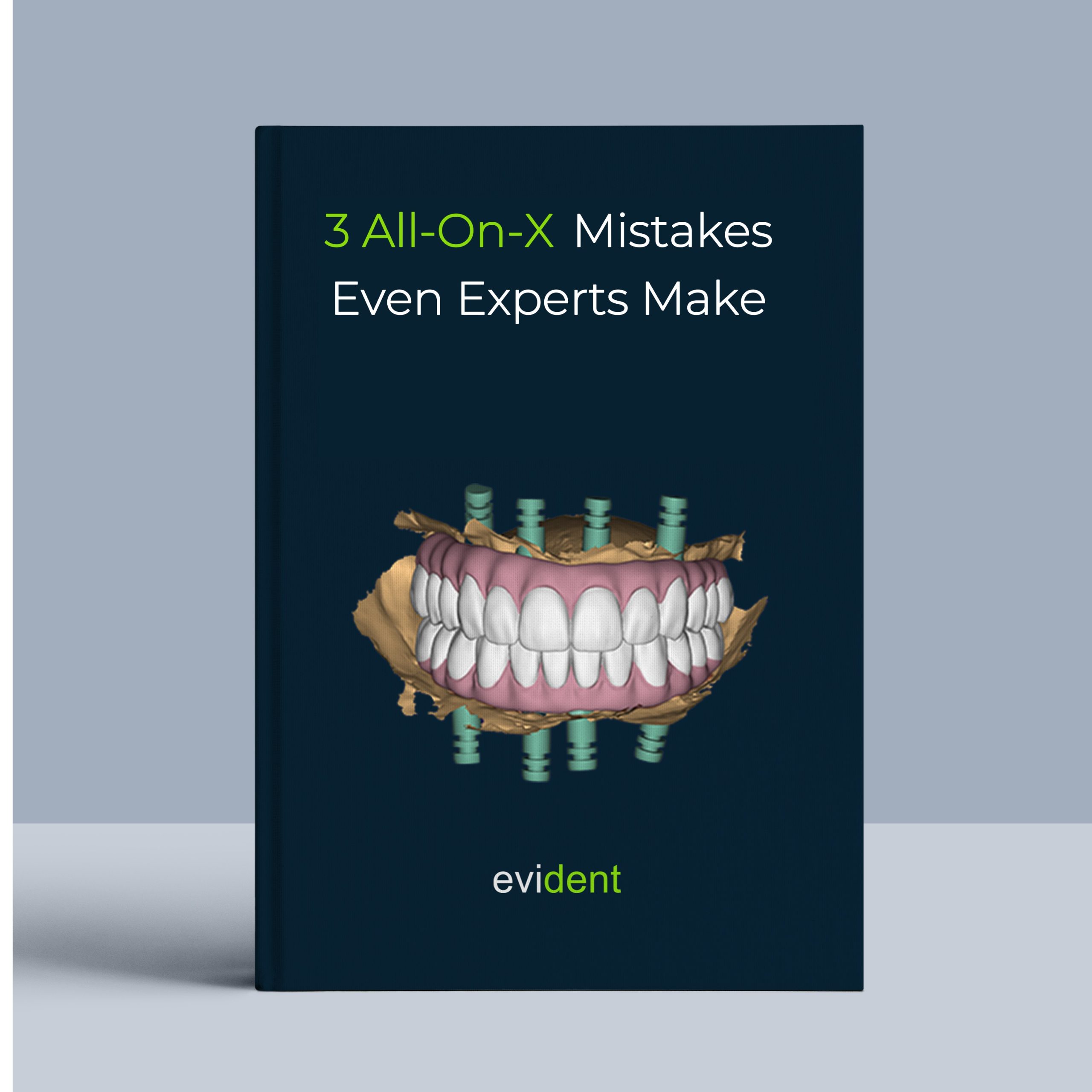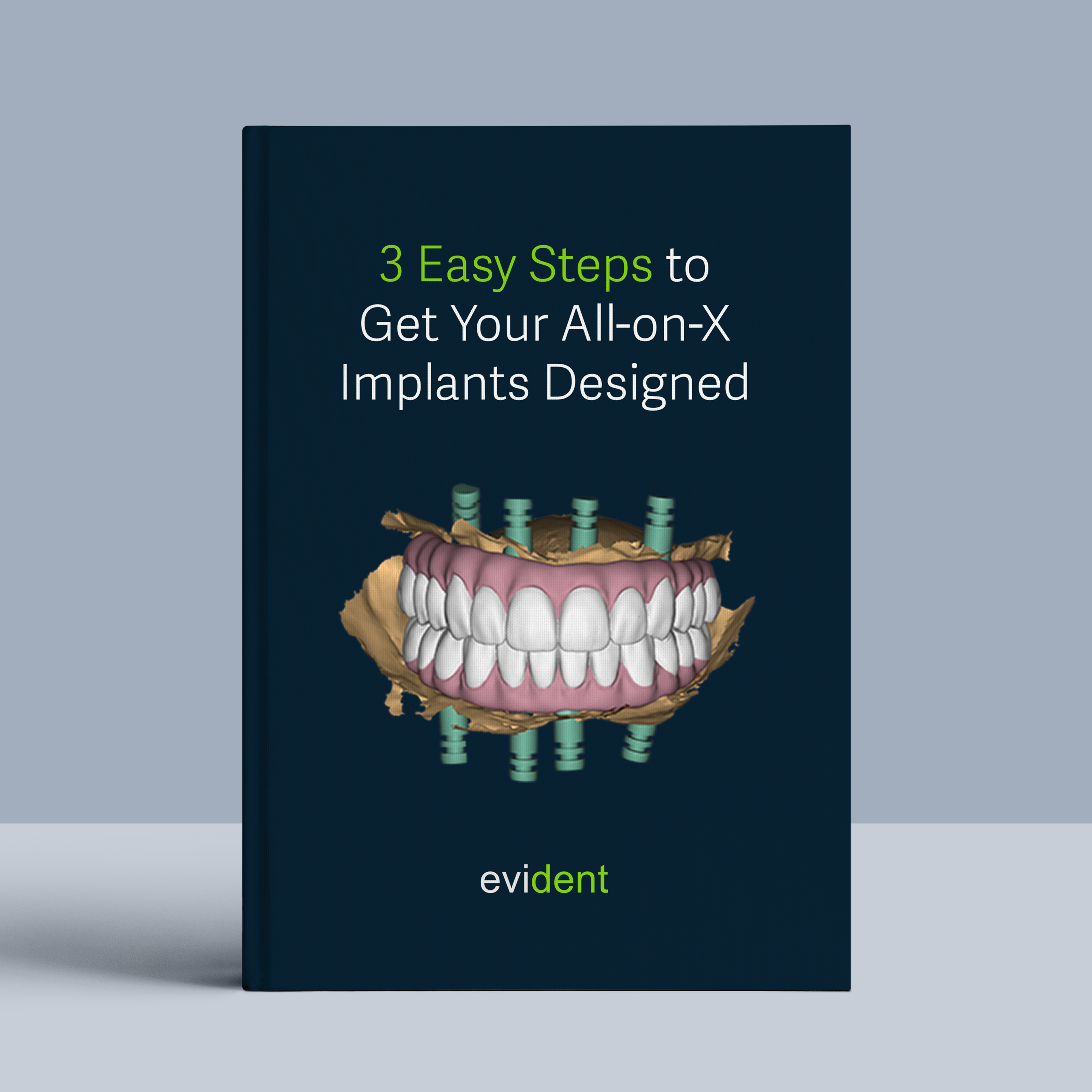

In the world of dentistry, one of the most common daunting aspects for patients is their fear of discomfort or even pain during their visits to the clinic. Because of this, practices can experience a significant number of no-shows and cancellations, especially for procedures that are time intensive or particularly uncomfortable.
This is why proper sedation during dental procedures is such a key part of managing patient satisfaction. There are several ways to ensure a patient is appropriately sedated during a visit to the dentist, and one method that is growing in popularity is IV sedation.
In this episode of Evident’s Digital Dentist Series, we were joined by Dr. Monica Wheeler, a cosmetic and general dentist based in North Carolina. Dr. Monica is an expert dentist with 12 years of experience and a passionate advocate for IV sedation in dentistry.
She is a big believer in alleviating the anxiety in order to assure patients to get the treatment they need without the discomfort. Throughout the webinar, she discussed best practices for IV sedation and the way it ties into the digital dentistry ecosystem.
IV Sedation in Dentistry
Dr. Monica pursued dental IV sedation after completing her residency at Morristown Medical Center in New Jersey. During her advanced training in dentistry, she discovered that IV sedation was effective in helping patients feel more comfortable. This greatly helped in reducing their anxiety, even while partially conscious.
Unlike sedation for other fields of medicine where common methods put patients completely to sleep (such as general anesthesia), IV sedation in dentistry allows patients to remain partly conscious and responsive while still feeling calm and relaxed.
Using a combination of sedatives and pain relievers, dental professionals can provide a numbed and relaxed state that significantly reduces any pain patients might feel during a visit to the clinic. This is true not only for patients with more complicated or time intensive procedures but also for regular patients.
Dr. Monica mentions that even patients who come in for deep cleanings can often feel unsettled by the sounds or sensations of the scaler and scraping on their teeth.
She goes on to explain that this method offers them some form of comfort. She says, “They’d rather be sedated for a brief amount of time with light sedation. (This is) where they are not really aware of what’s going on. At the same time, get that service so they can maintain their oral health.”
While this comfort is one of the core benefits of IV sedation in dentistry, there are also a number of other advantages that dentists can also consider.
Benefits of IV Sedation
IV sedation can decrease patient anxiety and significantly enhance their experience during the procedure. This simple addition to the workflow allows for a significant impact on the practice.
Increased patient satisfaction and lower levels of apprehension towards procedures can drastically reduce no-shows and cancellation rates. This effectively cuts down on wasted man-hours and treatment time for patients that would have actually made their appointments.
Furthermore, this improvement can increase patient retention rates. This proves that the practice is not only committed to providing them with the best treatment but also the best patient experience.
Apart from this, IV sedation can greatly improve efficiency during dental procedures. When patients are anxious, they may fidget or move around during the procedure, making it difficult for the dentist to work.
IV sedation can help keep patients calm and relaxed, allowing the dentist to perform the procedure faster and with greater precision. Some processes also require the patient to respond to commands from the dentist, such as opening their mouth wider or maneuvering their head and jaw to give the dentist a more optimal angle.
Because of this, full sedation is not the best option for dental procedures. Without that moderate consciousness, dentists will have a much more difficult time accessing teeth and parts of the mouth they are performing procedures on.
Another significant advantage of IV sedation is that it doesn’t require intubation, unlike other sedation methods. As a result, dentists have clear access to patients’ mouths, which makes it easier for them to complete the work efficiently and accurately. Additionally, checking the bite and alignment of dental arches becomes simpler because dentists don’t have to worry about another piece of equipment getting in the way.
Comfort and efficiency are the two primary themes when it comes to benefits of IV sedation in dentistry. Especially in an era of dentistry where digital processes are supercharging efficiency for practices, dentists would do well to consider methods that can set them apart from competitors.
IV Sedation and Digital Dentistry
When it comes to digital dentistry, IV sedation can be an excellent pairing. This is particularly true when practices want to offer timely solutions for patients.
Dr. Monica recalls a time before she started using digital dentistry when she had to sedate patients to prepare crown cases before their crowns were ready. Subsequently, she had to administer sedation again when the patients returned for the crown installation appointment.
This situation caused a few problems, including scheduling repeat appointments for the same case and raising the question of whether patients should be charged for re-sedation. With digital dentistry, dentists can mill or print the necessary restorations for patients. They can prepare these restorations while the patient is sedated and they are working on their teeth. This eliminates the need for re-appointments or even temporary restorations like temporary crowns.
Digital dentistry allows turnaround times like same-day restorations to be possible, while IV sedation makes the process relatively painless and seamless for patients. This combination of methods and the ability to offer solutions as quickly as within the day can be a powerful selling point that puts practices above others in the area, making them the clinic of choice.
Reduce No-Shows with IV Sedation
Ultimately, combining digital dentistry and IV sedation allows dentists to offer patient satisfaction across the board. Practices can use IV sedation to help patients feel more comfortable, resulting in more successful appointments and fewer missed or canceled appointments. This, in turn, increases the number of productive hours at the clinic.
Drastically minimizing discomfort while having digital workflows that improve efficiency and treatment effectiveness allow practices to not only gain new business but also retain existing business.
Both IV sedation and digital dentistry are valuable additions to any practice. They both seek to improve their relationships and satisfaction rates among clients. Evident Digital is committed to providing digital solutions to practices of any size. As your one-stop-shop for anything digital dentistry we are committed to providing expert digital services.
We recognize that each business is unique, and our wide range of services from dental equipment to secure and compliant patient data storage ensures that we can help with addressing your unique needs. Learn how to take your practice to the next level and visit Evident Digital today.








